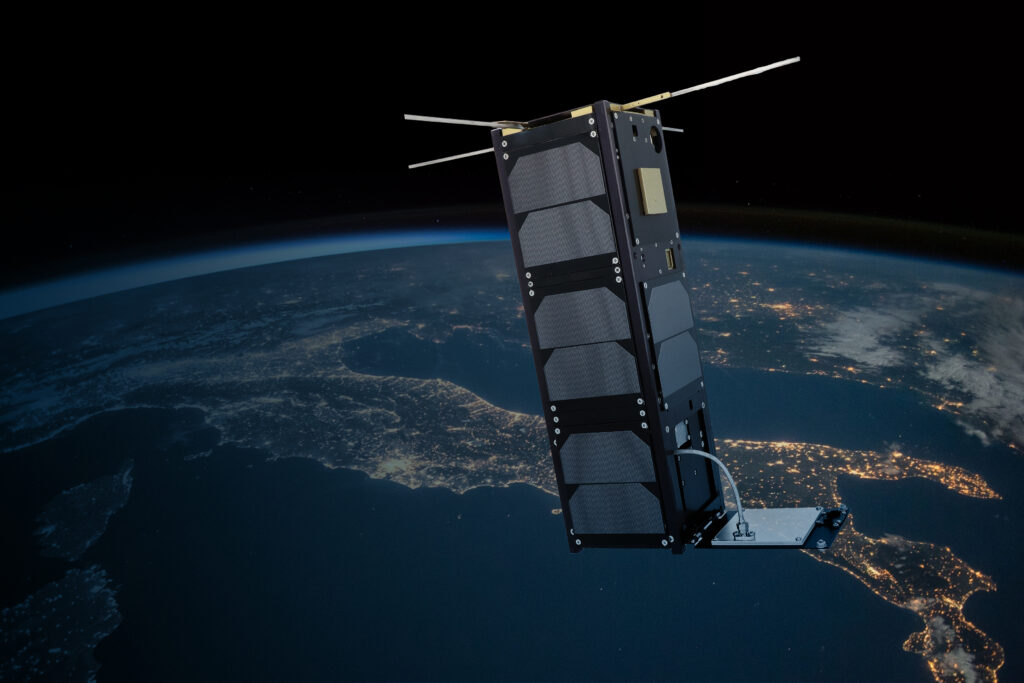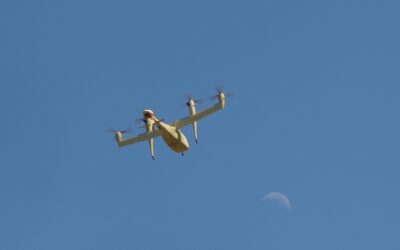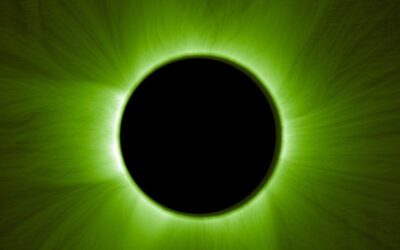This afternoon, VZLUSAT-2 was deployed from D-Orbit’s orbital transfer vehicle and sent the first signals to ground control
The satellite manufactured by Czech Aerospace Research Centre (VZLU) was launched from the ION satellite carrier at 15:02:31 UTC, west off South America. The ION carrier was flying at speeds nearing 7.6 kilometres per second. The separation itself was performed at a very slow speed of 1-2 meters per second. The altitude, as well as the orbital inclination of VZLUSAT-2, is similar to other satellites launched on the Falcon 9 mission, being a circular sun-synchronous orbit, with altitude of approximately 535 km and inclination of 97.5 degrees.
“Immediately after deployment, switches were activated which turned on the power supply. All other steps were entirely automatic and were pre-programmed prior to handing the satellite over for launch. As soon as the satellite subsystems were powered on, a 20-minute countdown was started. During those 20 minutes, VZLUSAT-2 has moved into a safe distance from the satellite carrier. Afterwards, automated health and battery voltage checks were performed. Because everything was in order, antennas were deployed and the satellite started transmitting tracking beacon in the UHF band, at the assigned frequency 437.325 MHz. The satellite was flying west of Australia at the time.”, says Vladimir Daniel, VZLU.
The digital beacon of the satellite was captured by the Australian ground station at 15:28 UTC, i.e. 16:28 our time.

The ground centre of the University of West Bohemia in Pilsen received the contact at 19:58 CET, when the VZLUSAT-2 satellite flew through the area over the Black Sea. “ The contact was successful, and we managed to perform health check of all the basic subsystems, including radio, power supply and the on-board computer. Everything went according to plan.”, adds Vladimir Daniel. The next step awaiting VZLU specialists is several weeks of the so-called commissioning phase, during which functionality of all instruments is verified. Afterwards, the satellite will be fully operational.
The VZLUSAT-2 nanosatellite was launched on the 13th of January 2022 as a part of the Transporter-3 mission onboard Falcon 9 launch vehicle by SpaceX. The satellite spent 11 days in D-Orbit’s ION satellite carrier before it could be deployed. The reason for this delay was the very high number of satellites (105), which were launched in the mission.
The nanosatellite is equipped with experimental camera and a system for precise attitude control. Among the on-board equipment is also a next generation of instruments which have already been proven on VZLUSAT-1, as well as several instruments provided by Czech universities and private companies.
The flight ticket for VZLUSAT-2 was provided by the company Spacemanic, mission partners include the companies esc Aerospace, TT, Rigaku Innovative Technologies Europe, ADVACAM, Eltvor, Needronix and Konkoly Observatory, as well as the Czech Technical University in Prague, the University of West Bohemia in Pilsen and Masaryk University in Brno. The project is supported by Technology Agency of the Czech Republic and the Ministry of Industry and Trade.





